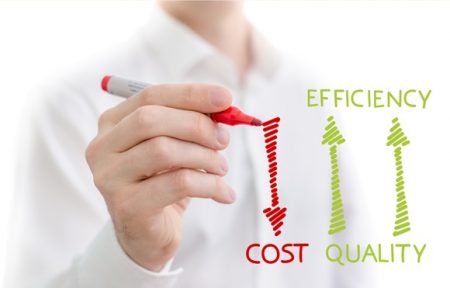
How To Reduce Production Cost In Manufacturing.Are your company’s production costs like a monster that won’t let you sleep at night? If that’s your case, you’ve come to the right place for help.Production costs are the night terror that keeps many business owners awake. These costs seem to have a mind of their own and the only solution is to constantly monitor them to keep them under control.

A successful entrepreneur must find a way to operate his business efficiently and profitably so that he is always aware of the costs of production. And for that, it’s best to track expenses to see if labor, materials, or overhead are exceeding budgets at each stage of production.Productivity is never an accident: it is the consequence of planning and effort.It is essential to manage the business with an open mind to make practices that help us reduce production costs.
10 Ways To Reduce Manufacturing Costs.How To Reduce Production Cost In Manufacturing.
Now that we know the importance of production costs, we can easily identify where we could be most productive. To help us, we will follow these 10 best practices that experts advise to reduce manufacturing costs .
Here we go!
1. Lower supply costs
We can get discounts from suppliers, especially if we buy from them on a consistent basis. Another option is simply to look for other options that offer us better prices. Of course, in all cases it is good practice to pay on time to avoid late fees.
2. Save money on insurance
One of the functions performed by an insurance agent is precisely to advise us to acquire the financial product that best suits our needs.
Additionally, the agent can recommend how to deduct taxes. An example is when installing a security system for our production process, as this Camino Financial article warns .
3. Implement an MRP or ERP system
MRP and ERP systems are tools that resolve all production management in just a few clicks. In addition, there are already options on the market designed for SMEs, at very affordable prices.
A good Material Requirement Planner (MRP) calculates quantities and times so that production comes out in a timely manner. However, an ERP (Enterprise Resource Planner) with a production module goes much further, as it allows you to manage inventory, handle collections, reconcile production with finances, and other functions.
With Bind ERP , for example, we know at a glance what we spend on and analyze purchase orders, receipts and invoices. In addition, these systems detect ant theft and embezzlement, making them the ideal option to reduce manufacturing costs and overall operating expenses.
4. Work closely with the accountant
Much more than carrying out tax accounting, the accountant must become the best advisor for decision-making in the company. For example, it helps us deduct taxes and run the business in the best direction for our finances.
Among the production costs , there are inputs and deductible systems that we must have on our shopping list. Of course, with an ERP system we do not have to worry about saving invoices or filing them, since the system stores them automatically.
5. Reduce expenses associated with transportation
Buying per-owned vehicles in good condition or renting the transport units are options that are worth taking into account. Sometimes there is no difference in performance between a new truck and a used one.
6. Buy in bulk
Wholesale prices are not exclusive to large companies. We can get them in two ways:
- With adequate production planning, which allows us to acquire inputs or raw materials in advance. In this sense, an ERP system is very useful.
- Through alliances with similar companies, with which we can acquire larger volumes.
7. Lease equipment
As with transportation, there are potential savings by renting equipment rather than purchasing it. Is it necessary to acquire all the machinery or are there parts that would be better to lease?
In the same way, we can also analyze the option of renting out our assets with idle capacity.
8. Monitor yields
It is essential that we analyze the performance of raw materials, tools and auxiliary equipment on a daily basis. In general, production control is essential, which requires permanent monitoring of processes, in order to maintain quality and reduce manufacturing costs .
9. Standardize processes
The standardization of processes consists of unifying similar practices, with the main objective of reducing losses. Therefore, it is essential to keep costs associated with production low.
10. Reduce waste
Finally, we can study how to minimize waste or, alternatively, take advantage of it to obtain additional income. For example, in some industries it is possible to sell the waste to other companies. This is the case of textile companies, whose waste is used to make industrial cloth.
If we could summarize these 10 ideas, perhaps we would say that debunking myths is the key to reducing production costs . Yes! Forget about inertia and entrenched practices, whose results are no longer measured because they have been in the company for a long time.
Leave a Reply